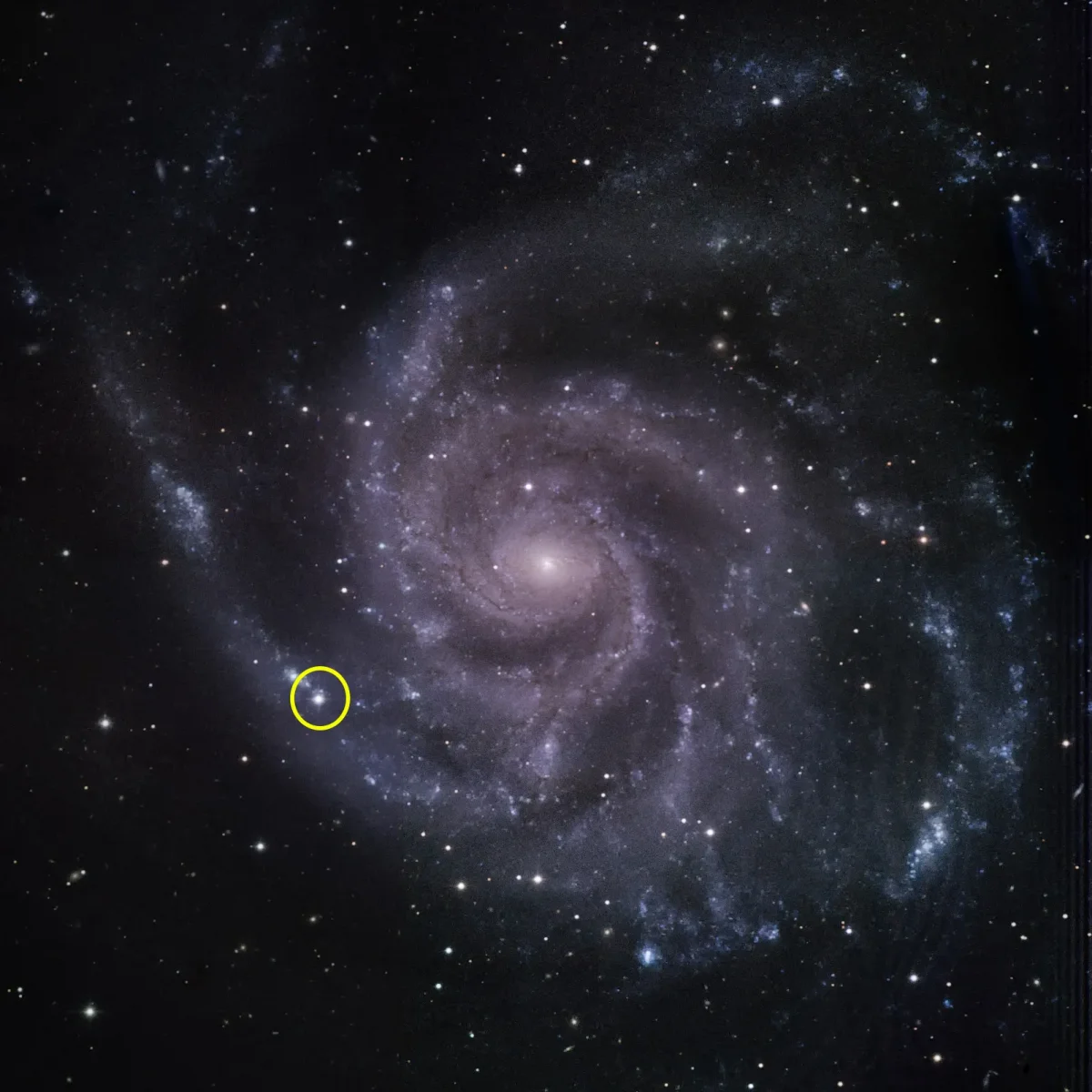The asteroid Kamo’oalewa orbits Earth as the second moon. The clues are mounting: An asteroid could once have been part of the moon.
FRANKFURT – The Moon is not the only celestial body orbiting the Earth. Many so-called quasars do this, too, and research has just found the latest of these mini-moons. It has been known since 2016 that the asteroid (469219) Kamo’oalewa also orbits Earth. As early as 2021, a research team suggested that Kamo’oalewa must be associated with the moon. A new study now supports this theory.
In 2021, a research group led by astrophysicist Benjamin Sharkey (University of Arizona) found that the Kamo’oalewa material is very similar to rocks brought to Earth by NASA astronauts from the moon on the Apollo 14 mission. The research team that published the latest study took on Kamo ‘oalewa took a different approach and looked at its orbit. “Because of its Earth-like orbit and physical similarity to lunar surface materials, we are investigating the hypothesis that Kamo’oalewa may have formed as debris from a meteorite impact on the lunar surface,” reads the research by Jose Daniel Castro Cisneros. (University of Arizona) and two colleagues. The study was Published on the arXiv prepress server It has not yet been examined by experts.
New study: Is the asteroid Kamo’oalewa part of the moon?
For their study, the three researchers developed computer models that they used to investigate the behavior of particles ejected from the moon by the impact. Most of the particles in the simulation have left the vicinity of the Earth and Moon and moved in orbits around the sun — which is not surprising given that the sun’s gravity affects everything in the solar system.
All of the particles that assumed orbits similar to Kamo’oalewa’s in the simulation had one thing in common: the speed at which they were launched. The paper states that “the best conditions are launch velocities slightly above the escape velocity of the lunar rear hemisphere.”
The moon is full of craters – one of them could be from Kamo’oalewa
The fragments of the Moon were orbiting the Earth in the simulation at speeds of more than 2.4 kilometers per second (8,640 km/h). Researchers know that impacts on the moon occur at speeds of up to 55 kilometers per second. Colliding at those speeds, the fragments can travel up to 6 kilometers per second — much faster than it takes to reach a Kamo’oalewa-like orbit. So it is entirely possible that a meteorite knocked off a piece of the Moon, which then plunged into orbit around the Earth.

There are many craters on the Moon – one of them may have formed when Kamo’oalewa was ejected from the Moon by a meteorite. However, it is still not clear which crater is suitable. “We leave it to a separate study to examine whether a lunar crater of appropriate size, age, and geographic location is consistent with the lunar ejection hypothesis for the origin of Kamu Aliwa,” the researchers wrote.
China is planning a space mission to Kamo’oalewa
Solid evidence of Kamo’oalewa’s origins could reach Earth in the next few years: China wants to launch the “Tianwen 2” mission in 2025, which aims to head for Kamo’oalewa. It is said that the Chinese spacecraft took soil samples and even landed on a small celestial body before returning the samples to Earth. By then at the latest, research should find out if Kamo’oalewa is in fact part of the Moon. (unpaid bill)

“Social media evangelist. Baconaholic. Devoted reader. Twitter scholar. Avid coffee trailblazer.”







More Stories
Ghost of Tsushima Director's Edition for PC – Cross-Play, Trophy Support, System Requirements, and More – SHOCK2
As a solo player, the expansion feels like it was made for me!
Researchers find a solution to the paradox surrounding Uranus and Neptune